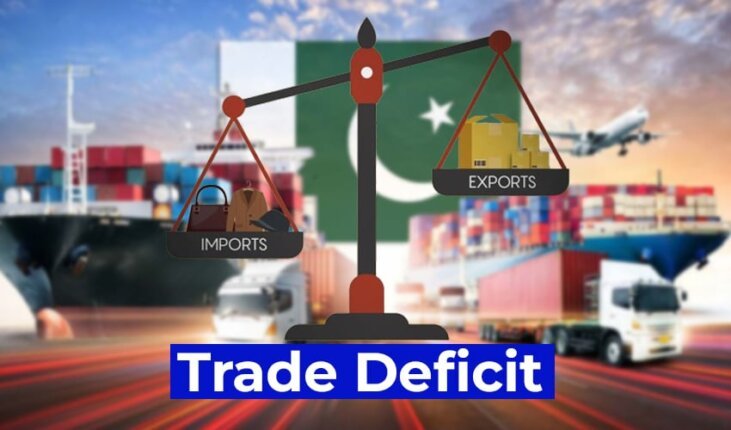Islamabad — Pakistan’s trade deficit swelled 44% year-on-year in July, reaching $2.7 billion, according to official data. Planning Minister Ahsan Iqbal described the jump as a “temporary dip” caused by a surge in imports, largely of raw materials, which he expects will fuel export growth in the months ahead.
At the launch of the first monthly development report for FY2025-26, Iqbal pointed out that the government’s revised trade liberalisation strategy now focuses on goods that can directly boost exports. Pakistan’s exporters, he stressed, should take advantage of the lowest US tariff rates in the region following a recent trade agreement.
The Pakistan Bureau of Statistics (PBS) said the higher imports may partly reflect importers delaying shipments to benefit from reduced duties in the new fiscal year. These tariff cuts were part of reforms agreed with the IMF and World Bank.
July’s exports rose nearly 17% to $2.7 billion from $2.3 billion a year earlier, while remittances grew 7.4% to $3.2 billion, signalling stronger confidence from overseas Pakistanis.
On the US trade deal — which reduced tariffs to zero on more than 4,100 items in exchange for a 19% additional customs duty — Iqbal said the potential goes beyond tariff relief, as it could attract foreign direct investment from regional players. Chief economist Dr Imtiaz Ahmad said the arrangement should be viewed in the context of long-term market access and industrial growth, though final rules of origin are still pending.
The national development report highlighted further improvements: fiscal deficit fell to 5.4% of GDP in FY2025, the external account shifted to a $2.1 billion surplus, and development spending reached a record Rs1.068 trillion — 98% of the PSDP target.
Iqbal also called for reforming the budget release system, criticising the current practice of allocating 40% of funds in the last quarter. He proposed capping it at 30% to ensure smoother project execution and avoid end-year spending pressure.



